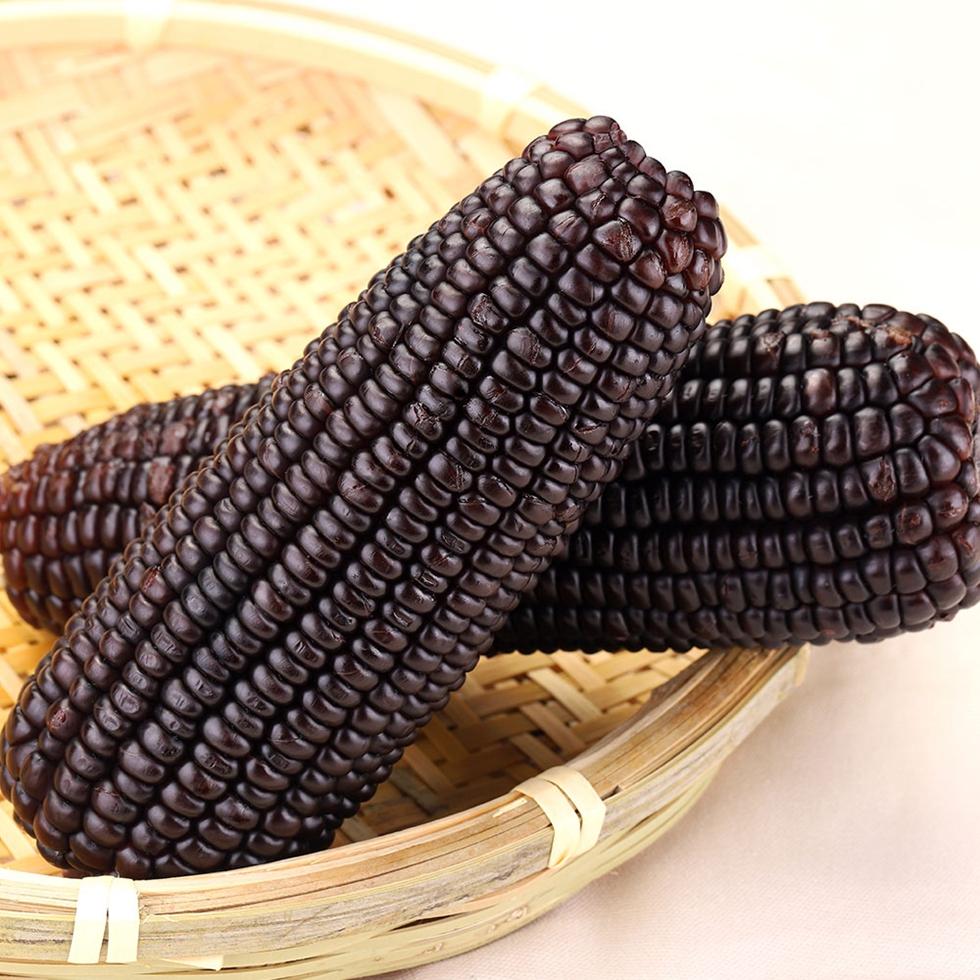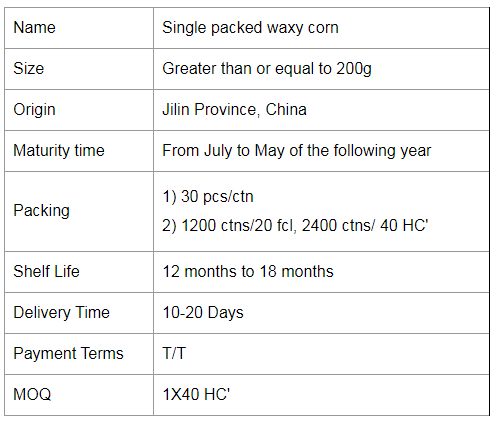Recently, researchers at Lawrence Livermore National Laboratory (LLNL) in the United States have used 3D bioprinting technology to create a self-assembled vascular system that replicates human physiology more effectively than the human body. This result will ultimately lead us to better reproduce our complex organizational systems and better understand how to cure them under disease conditions. According to Tiangong, the study is part of a larger project called iCHIP, a human-based test platform based on in vitro chips, which aims to replicate all the complex functions of the human body on a small microchip. This includes reconstructing the central and peripheral nervous systems, the blood-brain barrier, and the heart.
If you want to completely outline the human cardiovascular system, it will show up as an intricate network of tens of thousands of miles of arteries, capillaries, and veins. Although it exists in each of us, it is impossible for us to truly grasp the complexity of the cardiovascular system, which is why scientists want to rebuild it through technology, especially through the unprecedented precision provided by 3D bio-printing technology. .

“This is definitely a new frontier in biology.†Monica Moya and Elizabeth Wheeler said they are two of the researchers in the 3D bioprinting program. “If we succeed, iCHIP can be used to test biological agents without the need for human subjects.â€
To date, researchers at Livermore have been able to use the 3D printed bio-ink to create vascularized tissue that is compatible with the human body. These tissues contain self-assembling blood vessels and capillaries. Fundamentally, this 3D bioprinting tissue can be developed next to actual human cells so that they can grow in the direction of nutrition, gain the body's ability to respond and develop complex vascular networks.
“If you adopt this co-engineering approach, you can use biology to create a more elaborate 3D printing organization.†Moya said: “We are using the human body's ability to achieve autonomous growth, and you end up It will get something closer to the physiological mechanism. To put it bluntly, we can put the cells in an environment where they know: "I need to build blood vessels." Using this technique we can guide and carefully organize the creatures."
They added that the precision provided by 3D bioprinting technology allows them to be closer to this goal than ever before. "3D bioprinting adds a new dimension to this tissue-on-a-chip platform," said Wheeler, principal researcher at the iCHIP project. "It allows us to control the 3D construction environment, and more and more The multi-vascular network supports the continuous growth of tissues, which is an important part of replicating the complexity of the human body."
It is understood that this three-year 3D bioprinting vascular project was funded by Laboratory Directed Research and Development and is currently in its final year. Mayer said that during this time, they have been able to create an organized network of blood vessels (although she said that the network described above is far more complex). However, they will next create an actual orientation hierarchy similar to what exists inside our bodies. Fortunately, Mayer and other researchers will soon move to a new 3D bioprinting lab where they will use a more advanced 3D printing device to print larger biological structures with higher resolution.
Although the technology is still far below 3D printing of human organs, its 3D printing organization can be used for several important applications, including toxicology research, medical testing, and test benches for basic scientific research. . "It will change the way we do biology," Mayer said. "This technology pushes biology from traditional culture dishes to a 3D physiologically relevant tissue with functional blood vessels."
Colorful Mottled Waxy Corn is generally white, yellow, red, purple and black, with white, yellow and Black Waxy Corn being the basic colours. The purple gene of a purple-white cross naturally becomes purple if it "beats" the white gene, and vice versa, so if the two make a tie, we see white and purple corn. Purple can turn into red and Fresh Black Corn, or as we often say, "red is purple and black is purple". Of these Mottled Waxy Corn, the most common Yellow Waxy Corn is the most nutritious, as it is rich in carotenoids.



Purple Waxy Corn,Single Packed Waxy Corn,Single Packed Black Waxy Corn,Single Packed Purple Waxy Corn
Jilin Province Argricultural Sister-in-law Food Co., Ltd. , https://www.nongsaocorn.com